A Comprehensive Guide to Oil and Gas Well Drilling: What are the Key Procedures and How Simulation Technology Employed in It
Oil and gas well drilling is a complex and dynamic process at the heart of the energy industry. This multifaceted operation involves the extraction of hydrocarbons from beneath the Earth’s surface, and it plays a critical role in meeting global energy demands. This article explores the key components, techniques, and challenges associated with oil and gas well drilling and various simulation technologies employed in the process of oil well drilling.
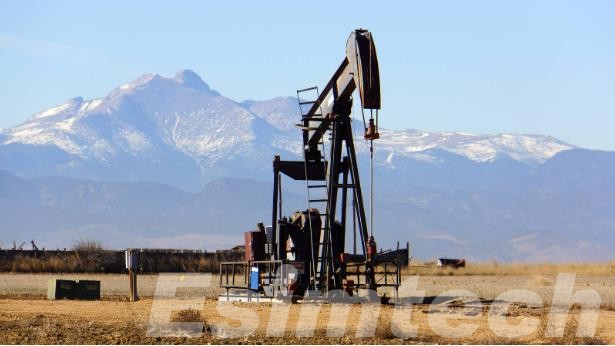
The Process of Oil and Gas Well Drilling
1. Exploration and Site Selection
Extensive geological surveys and analyses are carried out prior to drilling to identify potential reservoirs. The drilling process begins once a promising site is identified.
2. Well Design
Engineers plan the well, taking into account factors like depth, reservoir characteristics, and drilling conditions. Casing and cementing plans are included in the wellbore design to ensure structural integrity and prevent environmental contamination.
3. Site Preparation
Clearing the area and building a drilling pad are the first steps in preparing the drilling site. Infrastructure such as access roads and wellhead facilities are in place.
4. Drilling Rig Setup
Mobile drilling rigs with various components are transported to the site. These rigs can be onshore or offshore, and their configuration is determined by the needs of the drilling project.
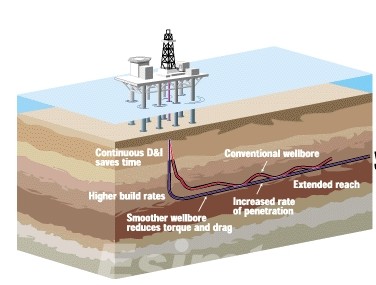
5. Spudding In
The procedure begins with “spudding in,” or gradually lowering the drill bit to the desired depth. The first section of the wellbore is built during this phase.
6. Drilling Operations
Drilling is still being done with a rotating drill bit attached to a drill string. Drilling mud, a fluid and additive mixture, is circulated to cool the bit, transport cuttings to the surface, and control pressure.
7. Casing and Cementing
Steel casings are installed into the wellbore to prevent collapse and protect groundwater. Cement is then pumped into the annulus between the casing and the wellbore to secure the casing in place and isolate different geological formations.
8. Well Completion
Once drilling reaches the target depth, the well undergoes completion. This involves installing production tubing, perforating the well to access the reservoir, and sometimes hydraulic fracturing to enhance hydrocarbon recovery.
Challenges in Oil and Gas Well Drilling
1. Geological Complexity
Drilling through hard rock, soft sediment, or even deepwater environments can be difficult due to the wide range of geological formations.
2. High Pressure and Temperature
Some reservoirs exhibit high pressure and temperature conditions, requiring specialized equipment and engineering to ensure the safety and integrity of the wellbore.
3. Environmental Concerns
Minimizing environmental impact is a priority. Proper well design, casing, and cementing are crucial to prevent the migration of fluids and gas to the surface.
4. Technological Advancements
To improve efficiency and reduce costs, the industry is constantly implementing new technologies such as advanced drilling techniques, real-time data monitoring, and automation.
Various Simulation Technologies Employed in Oil and Gas Well Drilling
The oil and gas industry is no stranger to technological advancement, and one area where cutting-edge advances have had a significant impact is in simulation technology. Simulation tools have transformed the way oil and gas wells are planned, executed, and optimized.
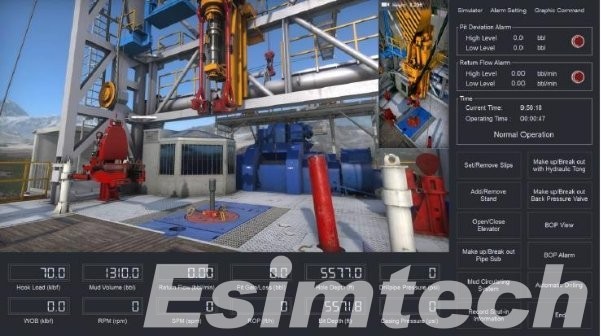
1. Drilling Simulators
Training and Skill Development:
Drilling simulators provide a realistic virtual environment for training rig operators and drilling crews. This immersive training allows personnel to familiarize themselves with different drilling scenarios, equipment handling, and emergency procedures in a risk-free setting.
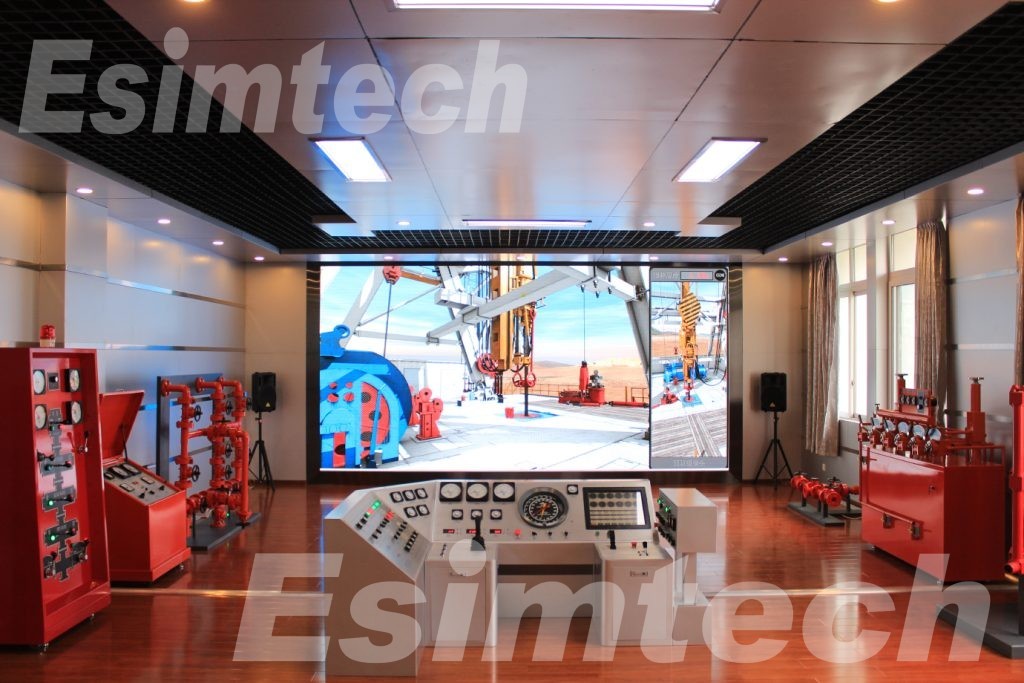
Scenario-based Learning:
Simulators allow users to simulate a variety of drilling scenarios, such as difficult geological formations, equipment malfunctions, and adverse weather conditions. This better prepares drilling teams for real-world challenges and helps them make better decisions.
2. Geosteering Simulations:
Virtual Wellbore Navigation:
Geosteering simulations enable geologists and drilling engineers to visualize the subsurface in real-time. This technology integrates geological data with drilling parameters, allowing for accurate wellbore navigation through complex formations.
Risk Mitigation:
By simulating different wellbore paths, geosteering simulations help identify potential hazards and optimize drilling trajectories to maximize hydrocarbon recovery while minimizing the risk of issues such as wellbore collapse or fluid influx.
3. Reservoir Simulation:
Understanding Reservoir Behavior:
Reservoir simulation involves modeling the behavior of hydrocarbons within the reservoir. This technology assists in predicting reservoir performance, optimizing well placement, and estimating production rates.
Enhanced Recovery Strategies:
Simulation tools aid in the evaluation of EOR techniques such as water flooding, gas injection, and chemical injection. This enables operators to devise strategies to maximize the recovery of oil and gas from the reservoir.
4. Real-time Drilling Simulations:
Data Integration:
Real-time drilling simulation system integrate live data from the drilling process, including parameters like weight on bit, rate of penetration, and mud properties. This provides a dynamic model that reflects the current drilling conditions.
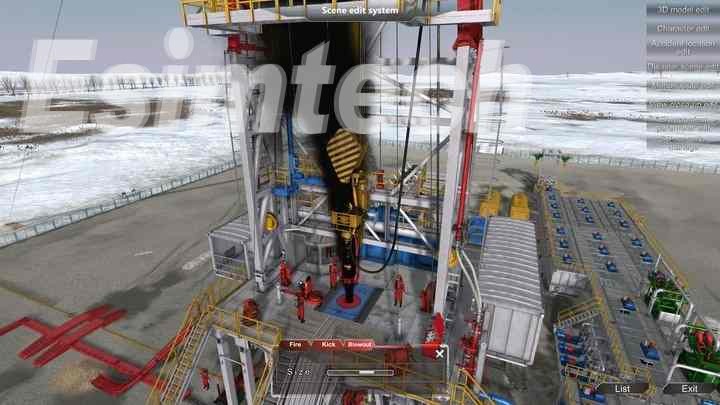
Decision Support:
Operators can use real-time drilling simulations to test different drilling parameters and make informed decisions on the fly. This technology enhances the ability to respond quickly to changing conditions, optimizing drilling efficiency and minimizing risks.
5. Well Control Simulations
Emergency Response Training:
Well control simulators mimic emergency situations like blowouts or kicks, allowing drilling teams to practice well control procedures and response strategies. This kind of training is essential for ensuring quick and effective responses to critical incidents.
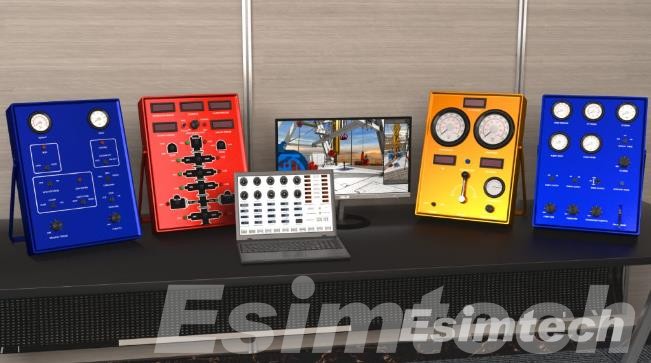
Regulatory Compliance:
By demonstrating the efficacy of well control measures, simulations help to meet regulatory requirements. This assists operators in ensuring that they can handle unexpected events in a safe and compliant manner.
Conclusion
Oil and gas well drilling is a complex process that necessitates a careful balance of engineering knowledge, cutting-edge technology, and environmental stewardship. Oil and gas Simulations contribute to improved efficiency, safety, and overall performance in the complex and challenging environment of oil and gas well drilling, from training and skill development to real-time decision support and emergency response preparedness.

